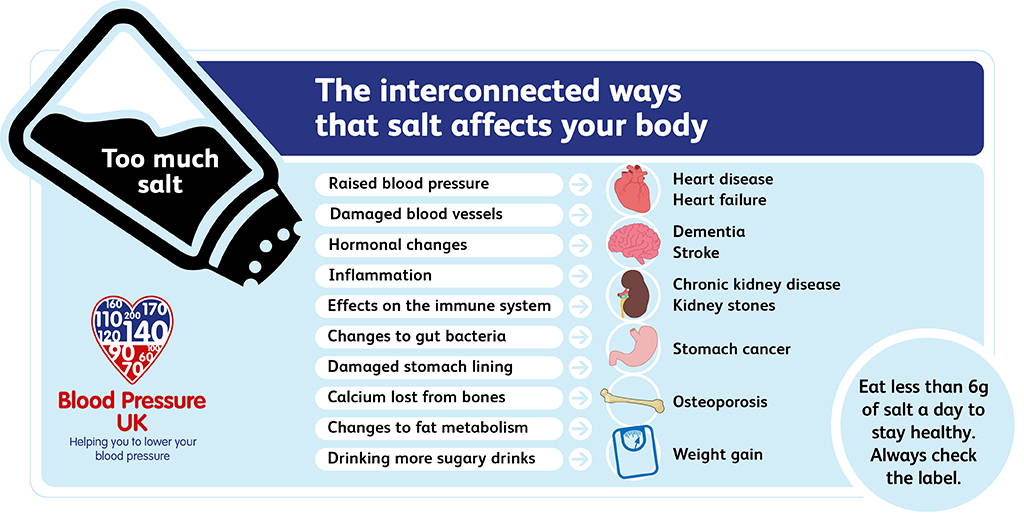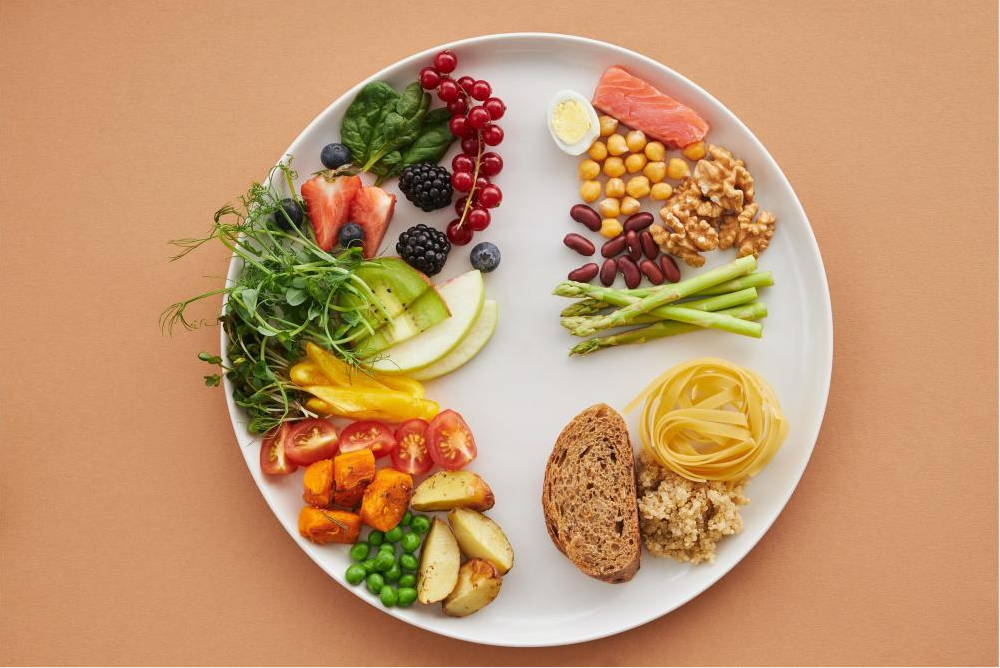Introduction
The normal functioning of your cells, the appropriate contraction of your muscles, and the promotion of healthy neuron activity all depend heavily on sodium, an essential mineral. Additionally, sodium aids in keeping your body's fluid levels balanced. While too much salt is bad, too little sodium may be just as harmful. Contrarily, salt is a crystal made of sodium plus chloride. NaCl, or sodium chloride, is another name for table salt. (Mohan et al., 2009)
Adequate Salt Intake
A daily salt intake of no more then 2,300 mg is advised by the DASH diet. That equates to around one teaspoon of ordinary salt. Monitoring sodium consumption can be challenging since extra salt is often buried in foods like canned soup, salted or cured meats, cheeses, frozen meals, or many prepared snacks.
Describe Salt
Sodium chloride, or NaCl, is more often known by the term salt. 40% sodium & 60% chloride make up its composition. To put it another way, 2.5 milligrammes of salt comprises 1.5 g chloride and 1 g of sodium. (Blaustein et al., 2006)
How Can Salt Make Us Hypertensive?
Our kidneys typically perform a decent job of controlling the levels of salt and water in our blood. For many of us, consuming too much salt can disturb this balance and increase the level of sodium inside the blood. This increases the quantity of water that is retained by our body, the quantity that flows in our blood, and the fluid surrounding our cells.
As blood volume increases, our blood vessels become more pressurised, which makes it harder for our hearts to circulate blood across the body. Over time, this additional strain may cause the arteries to stiffen, increasing the probability of cardiovascular disease, hypertension, and stroke. (Berglund., 1983)

5 Suggestions For Consuming Less Salt
The majority of the salt we eat comes from meals that are ready to eat as well as those that are made outside of the house. Here are some recommendations to help you consume less salt:
● Use table salts with decreased sodium or avoid salting meals.
● Bread and morning cereals, which don't taste salty, can still contain large amounts of salt.
● Always examine the nutrition facts and, if you can, pick low-salt options.
● Nuts, seeds, and other snack items should be chosen without salt rather than with salt.
● To flavour food, use spices and herbs as opposed to salt.
● When possible, request less salt when ordering items from restaurants. (Blaustein et al., 2006)
Sodium-Rich Foods
● processed meats like gammon, sausages, bacon and salami
● Cheeses
● Yeast extracts, stock cubes, and gravy granules
● Olives, pickles, and other foods that are pickled
● Dry-roasted nuts with crisps with salt
● smoked and salted fish and meat
● Sauces: ketchup, mayonnaise, BBQ sauce, soy sauce. (Mohan et al., 2009)
Conclusion
A key risk factor for a number of illnesses is high blood pressure. These include heart disease, diabetes, renal illness, vascular dementia, strokes, and mobility issues. A low-sodium diet may eventually be useful for people who are suffering from these illnesses.
For each gram of salt you eliminated from our usual daily diet, there would be around 6,000 fewer fatal heart attacks and strokes each year in the UK. Estimates suggest that reducing salt intake with 10 gms per daily towards 6 grms daily could lower high blood pressure and save 16% of stroke deaths and 12% of deaths from coronary heart disease. 1983 (Berglund)
In the UK and internationally, this would save more than 19,000 stroke-related fatalities in addition to heart attacks each year. Reducing your salt intake is one of the easiest ways to reduce blood pressure, especially if you have high blood pressure. (Mohan et al., 2009)
References:
1.Mohan, S., & Campbell, N. R. (2009). Salt and high blood pressure. Clinical Science, 117(1), 1-11. https://portlandpress.com/clinsci/article-abstract/117/1/1/77704
2.Blaustein, M. P., Zhang, J., Chen, L., & Hamilton, B. P. (2006). How does salt retention raise blood pressure?. American Journal of Physiology-Regulatory, Integrative and Comparative Physiology, 290(3), R514-R523.
https://journals.physiology.org/doi/abs/10.1152/ajpregu.00819.2005
3.Berglund, G. (1983). The role of salt in hypertension. Acta Medica Scandinavica, 213(S672), 117-120. https://onlinelibrary.wiley.com/doi/abs/10.1111/j.0954-6820.1983.tb01623.x
WRITTEN BY Checkme
Related Blogs
Recommended Products
Subscribe for special promotions,
healthy knowledge, and more!






1 commentaire
Thank you so much for this Article. It gave me a lot of a very important information.